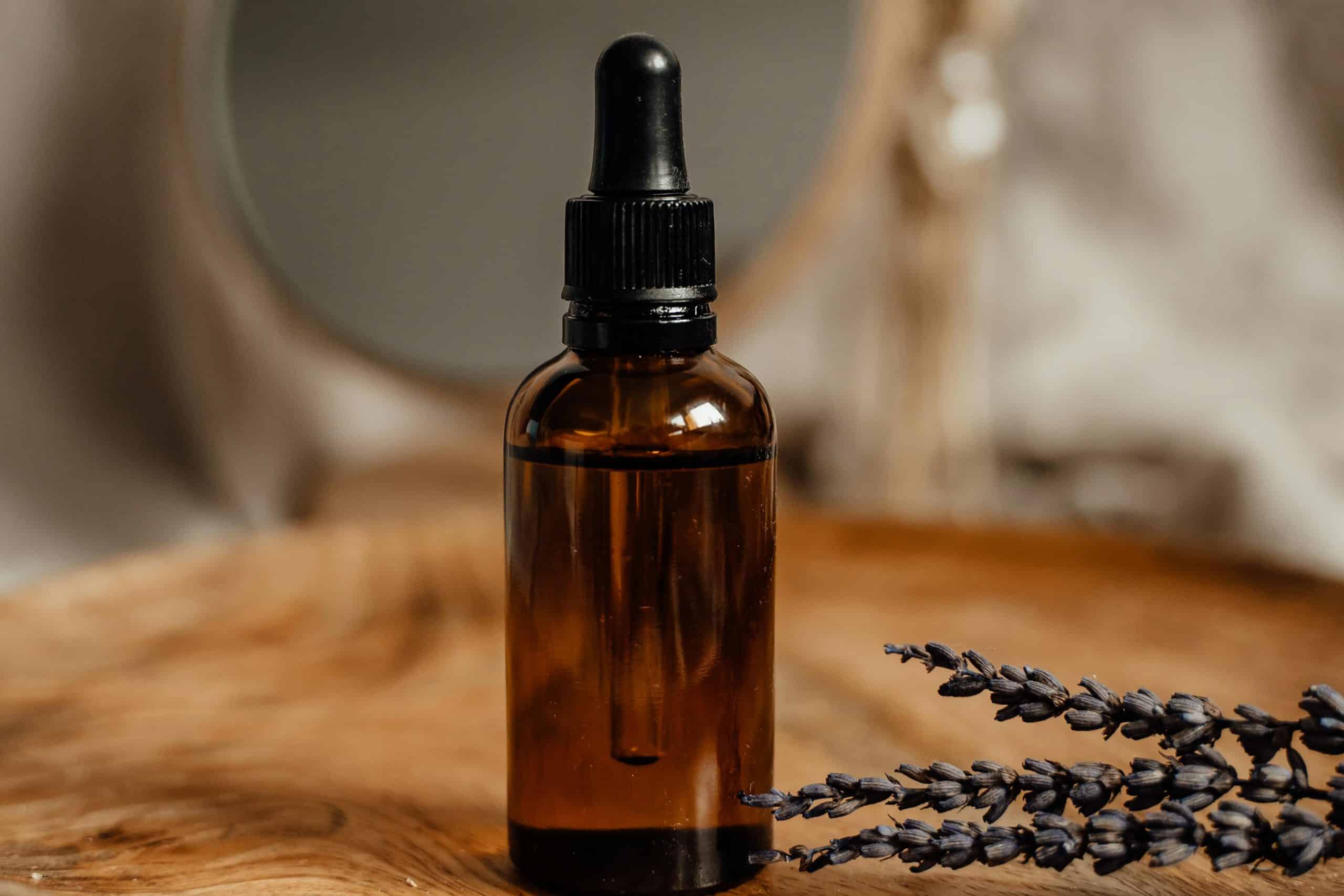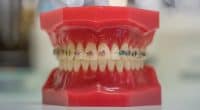Aging skin shows itself through lines, loss of bounce and uneven tone, and many people look for focused solutions. Serums concentrate active ingredients in light formulas that sink into the top layers and act where creams sometimes cannot.
Dermatologists often favor a short list of serums that work well together and fit into a realistic skin care plan without causing extra irritation. The suggestions below explain what each serum does and how to use it in a way that keeps things simple and effective.
1. Vitamin C Serum
Vitamin C stands out as an antioxidant that fights free radical stress and helps brighten skin tone with consistent use. The most studied form is L Ascorbic Acid which supports collagen making and helps reduce the look of discoloration over time.
Many clinicians like that a stable vitamin C product can add a visible pop to dull skin while also supporting the barrier against daily environmental assault. A little goes a long way with concentrations and packaging so pick a product in an opaque bottle and watch for signs of oxidation.
Apply vitamin C in the morning to clean skin and layer a sun protector across it for added defense. If you have sensitive skin start with a lower concentration and build up as your skin adjusts to stronger strengths.
Pairing vitamin C with gentle hydrating creams keeps irritation low and gives hairline fine lines less notice. Keep in mind that stability plays a major role so refrigerated storage can extend freshness for some formulas.
2. Retinol Serum
Retinol is a workhorse for reducing fine lines by speeding skin renewal and supporting collagen over time. It transforms the way cells behave so that rough texture smooths and pores look tighter with steady nightly use.
Many dermatologists recommend a gradual approach to avoid redness and flaking and advise using retinol on nights when the skin barrier feels calm. The phrase slow and steady wins the race fits well here because the benefits grow with persistent, moderate application.
If you’re looking for professional-grade options to pair with your retinol routine, consider consulting providers experienced with skin better chicago products designed for results without harsh irritation.
Night time is the place for retinol because ultraviolet exposure can change its activity and because the skin repairs itself while you sleep. Start with a low strength and apply it every third night, then increase as tolerance builds rather than pushing too hard right away.
Mixing retinol with a moisturizer can soften the initial sting and allow more frequent use later on. Keep vitamin C for mornings and retinol for evenings to reduce the chance of irritation when both are in play.
3. Hyaluronic Acid Serum

Hyaluronic acid pulls and holds water close to the skin surface which gives an instant plumping effect and makes fine lines less visible. This ingredient works like a sponge that draws moisture from the environment and deeper layers to the outermost area where it supports softness and elasticity.
Because it is gentle it sits comfortably in many routines and plays well with other active serums without causing conflict. For mature skin a hydration boost can be as meaningful as any active targeting collagen because dry skin amplifies the look of every line.
Use hyaluronic acid on damp skin so it can better attract moisture and follow with a richer cream to lock that hydration in place. If you live in very dry air place a light mist on the skin first so the hyaluronic component has a source to draw from.
Layering is simple here and effective so you can apply hyaluronic acid then a peptide serum and finish with a cream. The result often looks fresher within days and builds into longer term improvement when hydration becomes habitual.
4. Peptide Serum
Peptides are short chains of amino acids that act like tiny messengers telling skin to strengthen its support structure and produce proteins that keep tissue firm. These building block signals encourage collagen making and can help skin feel and appear firmer over the course of months of steady use.
Peptide formulations tend to be kind to reactive types because they do not strip or provoke the barrier in the way some strong acids can. Think of peptides as polite nudges that ask the skin to behave in a more youthful fashion.
Combine a peptide serum with a hydrating base product and apply twice a day for steady gains, or follow your clinician guidance for timing if you are using many actives. Since peptides do not increase sun sensitivity they fit nicely into both morning and evening routines and do not demand a special schedule.
Layering peptides under creams with fatty ingredients can help seal the signals into place and amplify the feel of elasticity. Over months the skin often looks tighter and the overall tone grows more even as a result of regular peptide use.
5. Niacinamide Serum
Niacinamide supports the barrier, calms redness and can regulate oil production while brightening tone when applied consistently. It is a versatile ingredient that addresses several signs of aging such as uneven tone and enlarged pores without being harsh on the skin.
Clinicians like niacinamide because it works alongside many other serums and rarely triggers irritation even in sensitive individuals. The ingredient also plays well with sunscreens and moisturizers which makes it easy to fold into a daily plan.
For best results add niacinamide to clean skin and follow with a moisturizer to keep the barrier strong. If you are layering multiple treatments use niacinamide before heavier creams so its water friendly formula can absorb properly.
Many people find it helpful for reducing the look of blotchiness that comes with age and for calming areas that act up under stress. When oil control and texture refinement are on the list niacinamide often shows steady progress when used over weeks and months.









